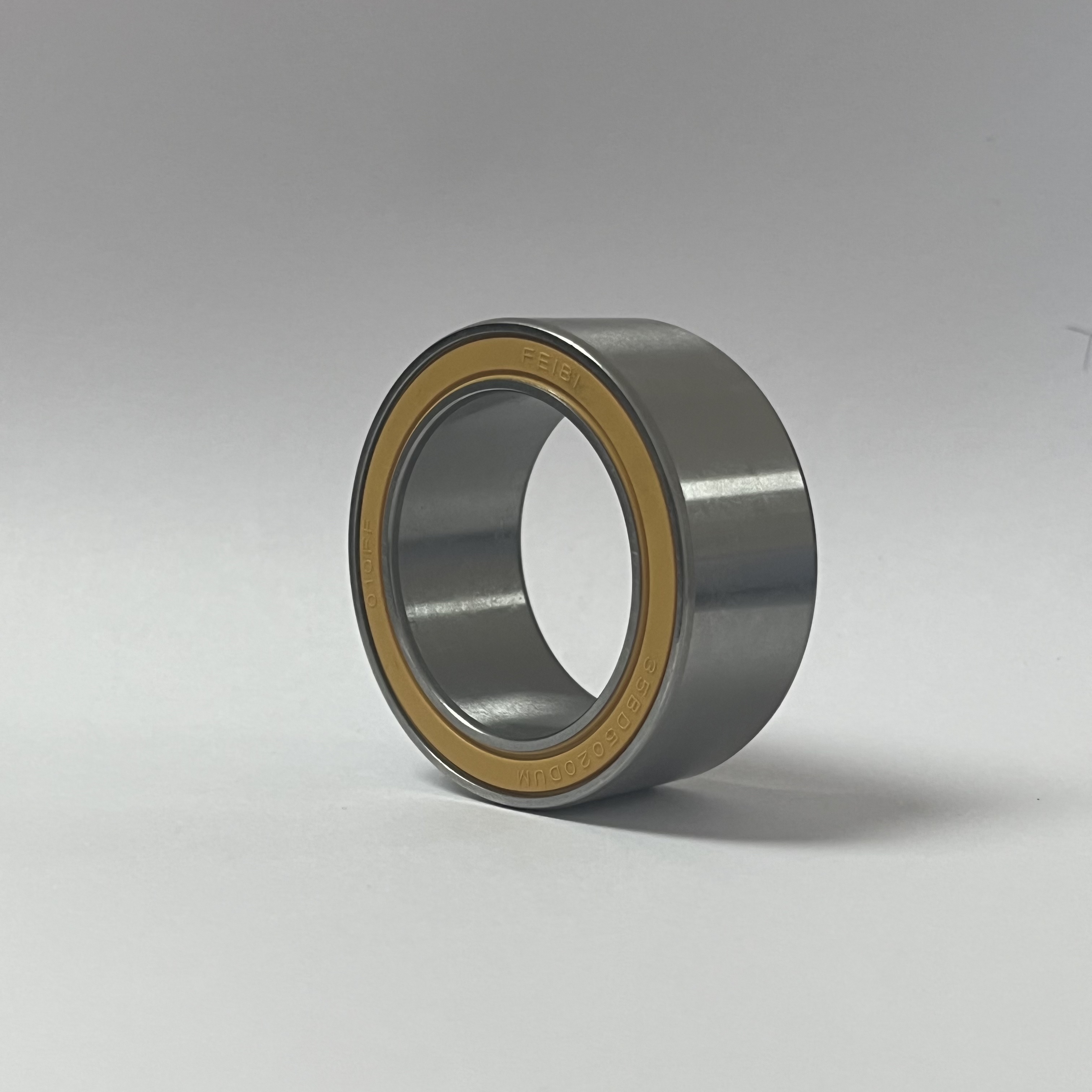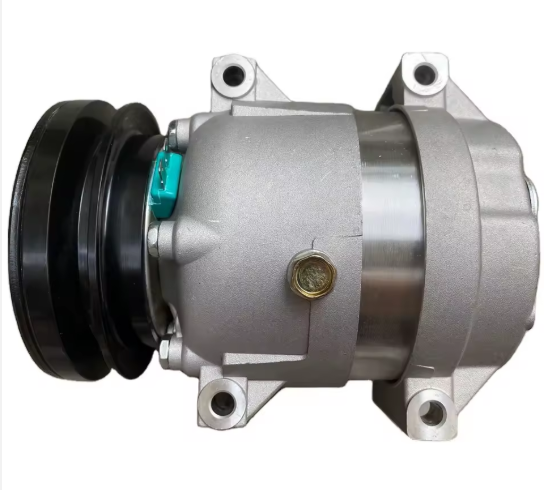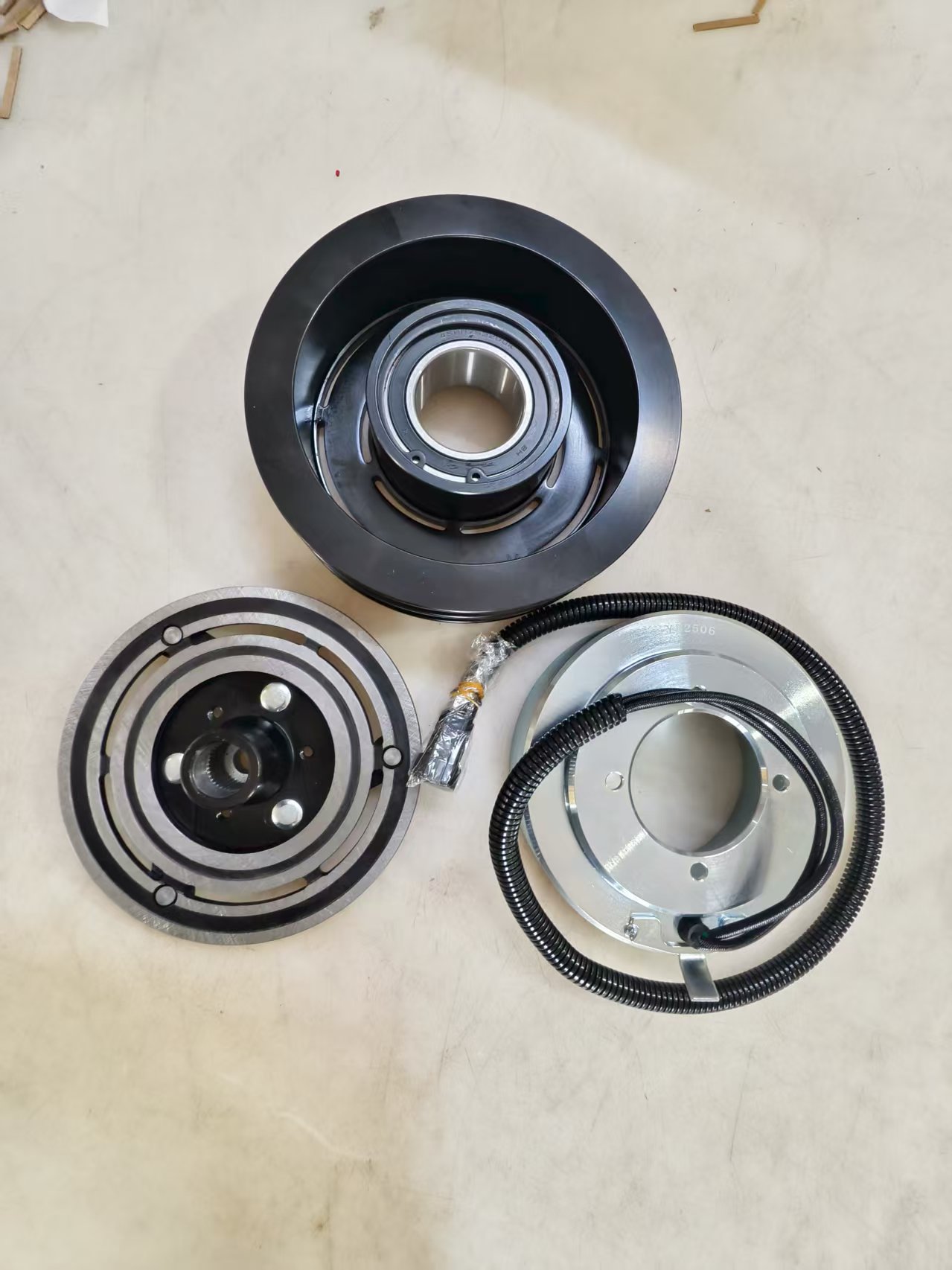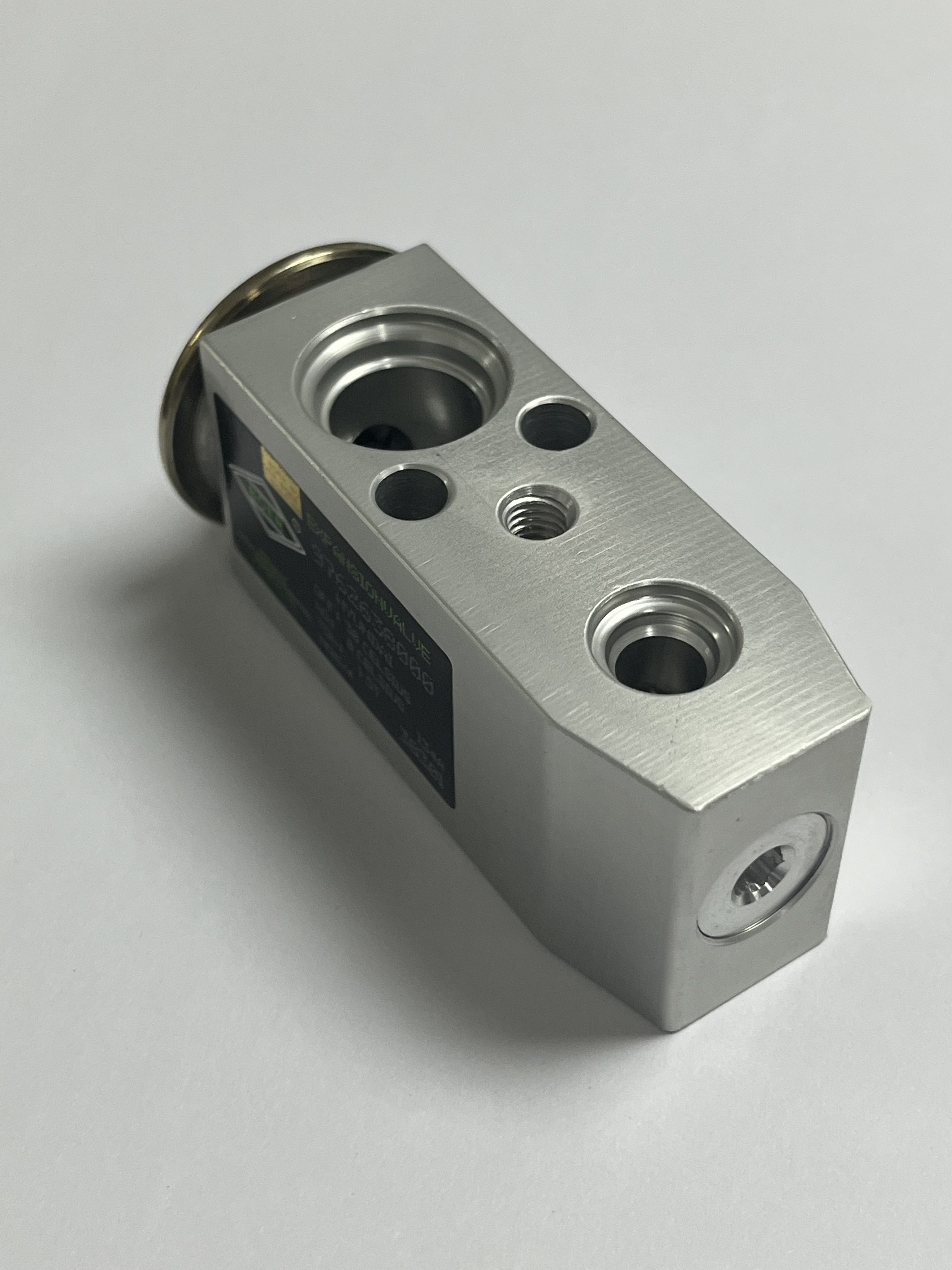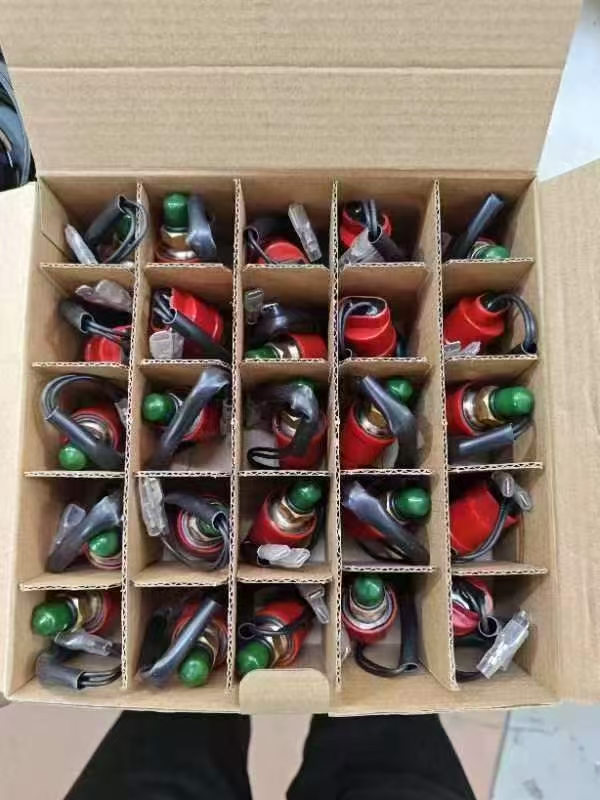The indispensable role of automotive control valves
Modern vehicles are complex ecosystems comprised of mechanical, hydraulic, and electronic systems, all of which rely on precise coordination to achieve smooth performance, fuel efficiency, and reliability. The vehicle control valve is at the heart of this collaborative system: a compact yet powerful component capable of regulating the flow, pressure, and direction of critical fluids (hydraulic oil, fuel, coolant) and airflow within the vehicle.
With vehicles adopting advanced electric powertrains, adaptive transmissions, and increasingly stringent emission standards, precise control of these critical fluids becomes paramount. Control valves enable smooth shifting, prevent costly fluid leaks, optimize engine output, and reduce environmental impact. However, many common vehicle problems stem from improper fluid or airflow management—therefore, high-quality control valves are not merely an upgrade, but a fundamental element ensuring the reliable operation of modern vehicles.
The core working principle of automotive control valves
The basic working principle of automotive control valves is to regulate fluid or airflow according to the vehicle's real-time needs. Although the designs vary across different applications (transmissions, engines, brakes, etc.), their core mechanical principles revolve around three precise actuation functions:

Precision hydraulic/pneumatic control achieved through electromagnetic drive
Most control valves—especially in transmission and braking systems—use solenoids to achieve ultra-sensitive response. When the vehicle's ECU (engine control unit) sends a signal (such as a shift signal), the solenoid activates instantly, regulating its internal valve passages to control hydraulic or pneumatic pressure with millisecond precision. This rapid pressure management eliminates the "jerkiness" caused by unstable flow, ensures smooth power delivery, and minimizes wear on critical components such as gear sets and clutches.
Dynamic pressure and flow optimization
Control valves can adjust pressure and flow in real time to adapt to different driving conditions. During high-speed cruising, they reduce fluid flow to minimize energy loss and improve fuel efficiency. Under high-load conditions such as acceleration, traction, or off-road driving, they increase flow to provide maximum power. This adaptive capability is thanks to precisely designed valve cores, springs, and diaphragms that respond to changes in engine load, speed, and driver input. Therefore, consistent performance is ensured regardless of daily commutes or rugged terrain.
Seamless integration with on-board diagnostic systems
Modern control valves are fully integrated with the vehicle's OBD (On-Board Diagnostics) system. Built-in sensors monitor key performance indicators—pressure, flow, and response time—and transmit real-time data to the ECU (Engine Control Unit). If a fault is detected (such as a delayed response or abnormal pressure), the OBD system triggers a Diagnostic Trouble Code (DTC) to alert service personnel early on. This integration simplifies troubleshooting, reduces repair time, and prevents minor issues from escalating into serious system failures.
Targeted Solutions: How Control Valves Solve Common Vehicle Problems
Many long-standing vehicle malfunctions stem from poor fluid or airflow control. Advanced automotive control valves address these pain points through sophisticated engineering design:
Eliminate shift jerking and transmission inefficiency
Shift jerks, delays, or shocks are among the most common driver complaints, often caused by unstable hydraulic pressure in the transmission. Traditional valves struggle to quickly adjust pressure to accommodate modern fast-shifting systems, leading to gear slippage, increased fuel consumption, and premature transmission wear. Advanced control valves employ high-response electromagnetic mechanisms to solve this problem, maintaining stable pressure levels even during rapid acceleration or deceleration. By ensuring uniform hydraulic distribution, these valves enable smooth shifts, improve fuel efficiency by up to 12%, and extend transmission life by reducing friction and stress.
Stop leaks and reduce heat damage
Fluid leakage—caused by temperature fluctuations that lead to material expansion and contraction, exacerbating leaks—is a costly and widespread problem. Leaks result in fluid waste, reduced system efficiency, environmental pollution, and expensive repairs. High-quality control valves address this issue using superior materials: corrosion-resistant brass bodies withstand thermal fatigue, and durable, flexible O-rings are designed to maintain a tight seal at extreme temperatures (-40°C to 120°C). This thermal adaptability prevents fluid leakage, reduces the frequency of seal replacements, and prevents system damage due to low fluid levels.
Resolving electronic compatibility and diagnostic errors
Modern vehicles rely on interconnected electronic systems. Outdated or incompatible components can interfere with communication between the ECU (Electronic Control Unit) and vehicle systems, leading to misdiagnosis, reduced efficiency, and unnecessary repairs. Advanced control valves, designed to OEM (Original Equipment Manufacturer) standards, ensure full compatibility with modern automotive electronics. Their plug-and-play design simplifies installation, while OBD (On-Board Diagnostics) integration enables real-time monitoring and accurate fault detection. This eliminates compatibility conflicts, improves diagnostic accuracy, and ensures the vehicle always operates at optimal efficiency.
Long-term benefits and actual performance
Investing in high-quality automotive control valves can not only solve problems immediately, but also unlock sustainable long-term value:
Key long-term advantages
- Improve fuel economy : Precise fluid/airflow regulation reduces energy waste and can improve fuel efficiency by 8-15% compared to outdated or low-quality valves.
- Reduced total cost of ownership : Durable materials and leak-proof design reduce the frequency of maintenance, replacement parts and labor costs during the vehicle's lifespan.
- Reduced environmental impact : Optimized fluid dynamics minimize unburned fuel and harmful emissions, aligning with global carbon reduction targets.
- Consistent reliability : Stable pressure regulation ensures consistent performance under a variety of conditions—from stop-and-go traffic to heavy-duty towing.
Real-world application scenarios
These valves perform excellently in various driving conditions:
- Daily commuting : Smooth gear shifts and higher fuel efficiency make urban traffic easier to manage, reducing driver fatigue and fuel costs.
- High-demand driving : For traction, transport, or off-road driving, the valve’s robust construction and precise pressure control can handle increased loads without compromising performance or durability.
- Electric and hybrid vehicles : Electric vehicle-specific control valves regulate the battery cooling system and hydraulic regenerative brakes, extending battery life, enhancing energy recovery, and supporting the efficiency of the electric drive system.
Conclusion: Precision-driven modern mobility
As vehicles become increasingly complex and sustainable development becomes a global focus, the role of automotive control valves is becoming increasingly critical. They can precisely regulate fluid and airflow to address common performance pain points, reduce environmental impact, and deliver lasting value to drivers, maintenance personnel, and automakers.
From smooth gear shifts to leak-free operation and lower emissions, these small yet powerful components are the cornerstone of reliable, efficient, and sustainable modern vehicles. Whether you're a driver seeking a smoother driving experience, a technician committed to simplifying maintenance, or an automaker prioritizing innovation, investing in advanced automotive control valves is a worthwhile decision—proving that precision engineering is key to solving the challenges of modern mobility.
Would you like me to create a detailed technical specification sheet for advanced automotive control valves , highlighting key performance indicators, material specifications, and compatibility details?


